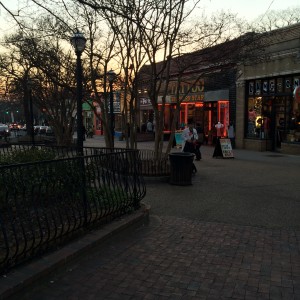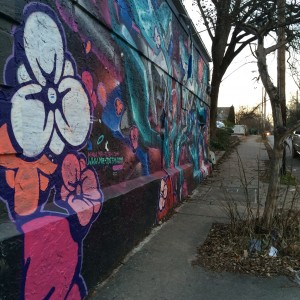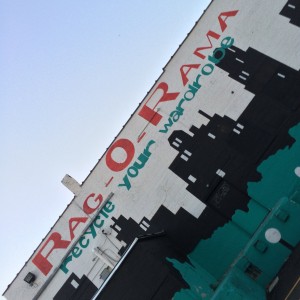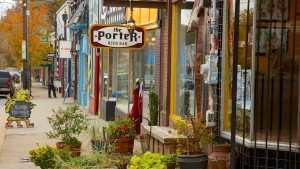Little Five Points has been apart of Atlanta since the early 1900’s. It is only two or three miles away from Downtown Atlanta. The Little Five Points area is off of Moreland Avenue in Atlanta. It consists of many little restaurants: like Little Five Points Pizza, Zestos, and The Porter. Along with many choices of restaurants, there are several clothing stores also. Most popular clothing store in Little Five Points seems to be Rag-O-Rama which is mostly recycled clothing. Along with these places are stores like Criminal Records, Crystal Blue, Vape Atlanta, and many more. Criminal Records is a well-known music store in Little Five. Crystal Blue is a little shop that is painted blue which sells things like jewelry and other little odd and ins. Vape Atlanta is in pink building and it sells probably just about any flavor of vapor you could think of. All of these unique places are centered around what used to be the Five Point’s intersection. It was where Moreland Avenue, Euclid Avenue, and Seminole Avenue all intersected which gave Little Five points its name. Now Seminole Avenue is no longer connected because it was turned into a plaza between some of the shops. Little Five Points is basically a few short strips of shops all interconnected at what used to be the the five pointed intersection.
All of the places located in Little Five Points are Unique. Almost every store is a different color. There is graffiti and murals painted on just about every flat surface. The storefronts are also usually quite interesting with their setups.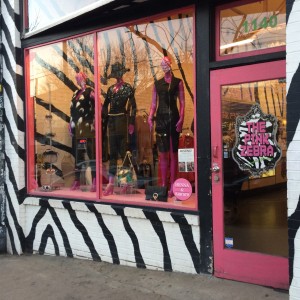
The area is pretty easy to find your way around. The only hard part about visiting Little Five Points is where to park your car if you drive there. Little Five Points is not your average commercial area, it has a bohemian vibe to it. All sorts of people can be seen at this location enjoying a meal, shopping, or just socializing. The uniqueness of Little Five Points draws in many varieties of customers. I enjoy going because it is not just another shopping center, it is weird in a good way and there is always something interesting to see. Going to Little Five inspires me because I am very appreciative of the different forms of creativity and art that are throughout the area.
Thursday, February 11th, 2016. @ 6-7 PM.
